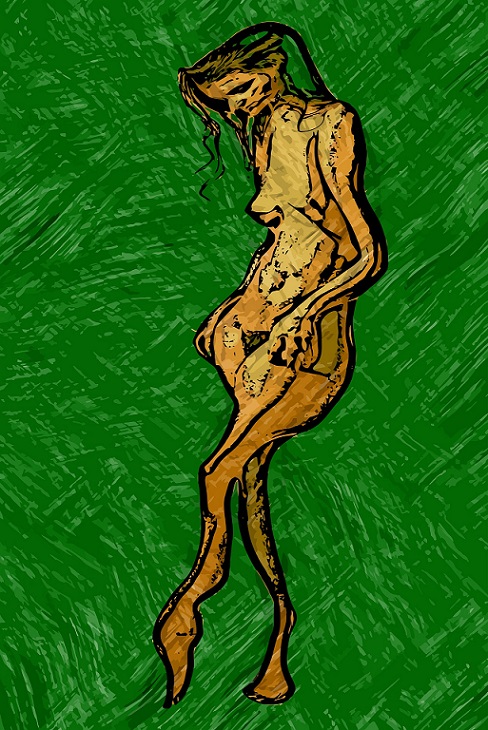“There is an aesthetic precariousness, poverty, and neglect in the open desolation where the dead have neither surnames nor temples.”
The Colombian artists Bibiana Vélez and Cristo Hoyos express in their art a reflection of the consequences of the armed conflict in their country.
Starting in the 1960s, the struggle has left indelible scars, above all on the helpless families of this South American nation, which have deepened social, economic, political and cultural problems.
So many years of suffering have motivated various artists in this and in other countries to capture a vision of the conflict, which has yielded more than 200,000 deaths so far, through their work.
Examples of this can be seen in the exhibitions Sacrifice by Vélez and Silencio by Hoyos, which show different scenes and until a short while ago, they were exhibited at the José Martí National Library in Cuba.
These works have also been in La Habana, main office since 2012 for the peace talks between the Colombian government and the Revolutionary Armed Forces of Colombia – The People’s Army.
Sacrifice is a tribute to the fallen in Colombia and exhibits 27 pieces worked in acrylic on canvas, while Silencio offers 40 wreaths made using the monotype technique.
“Each of the paintings suggest prayers of peace with respect to the armed conflict in my country” affirmed Vélez, National Painting Prize, speaking with Prensa Latina.
 “For this reason, I offer these abstract flowers to the fallen, they are beautiful things in this life” explained this daughter from Cartagena whose pieces are shown in various contemporary art museums in her country.
“For this reason, I offer these abstract flowers to the fallen, they are beautiful things in this life” explained this daughter from Cartagena whose pieces are shown in various contemporary art museums in her country.
“In reality, the work that I exhibited in La Habana does not represent the sea or flowers, but it evokes martyrs”, stresses the artist, distinguished in 2009 by Spain’s Ministry of Foreign Affairs in their mention of outstanding foreign women. In turn with Silencio, Hoyos has paid tribute to the Colombian dead whose remains rest in makeshift unmarked graves – not marble headstones or sculptures.
“The victims of conflict do not belong to a high social class, they are townspeople” emphasises the artist, who exhibited for the first time in La Habana.
Hoyos explains, the majority of those sacrificed in their village, Sahagún, were indigenous leaders assassinated after being displaced when their lands were seized.
In this regard, she adds that 15 years ago, she was interested in the aesthetic approach to the issue. “There is an aesthetic precariousness, of poverty and neglect in open desolation where the dead have neither surnames nor temples,” she affirmed. For this reason she argues that she will continue making wreaths until the peace process in Colombia comes to an end. (PL)
(Translated by Susan Seccombe – Email: ess.translations [@] gmail . com) – Photos: Pixabay













.jpg)












